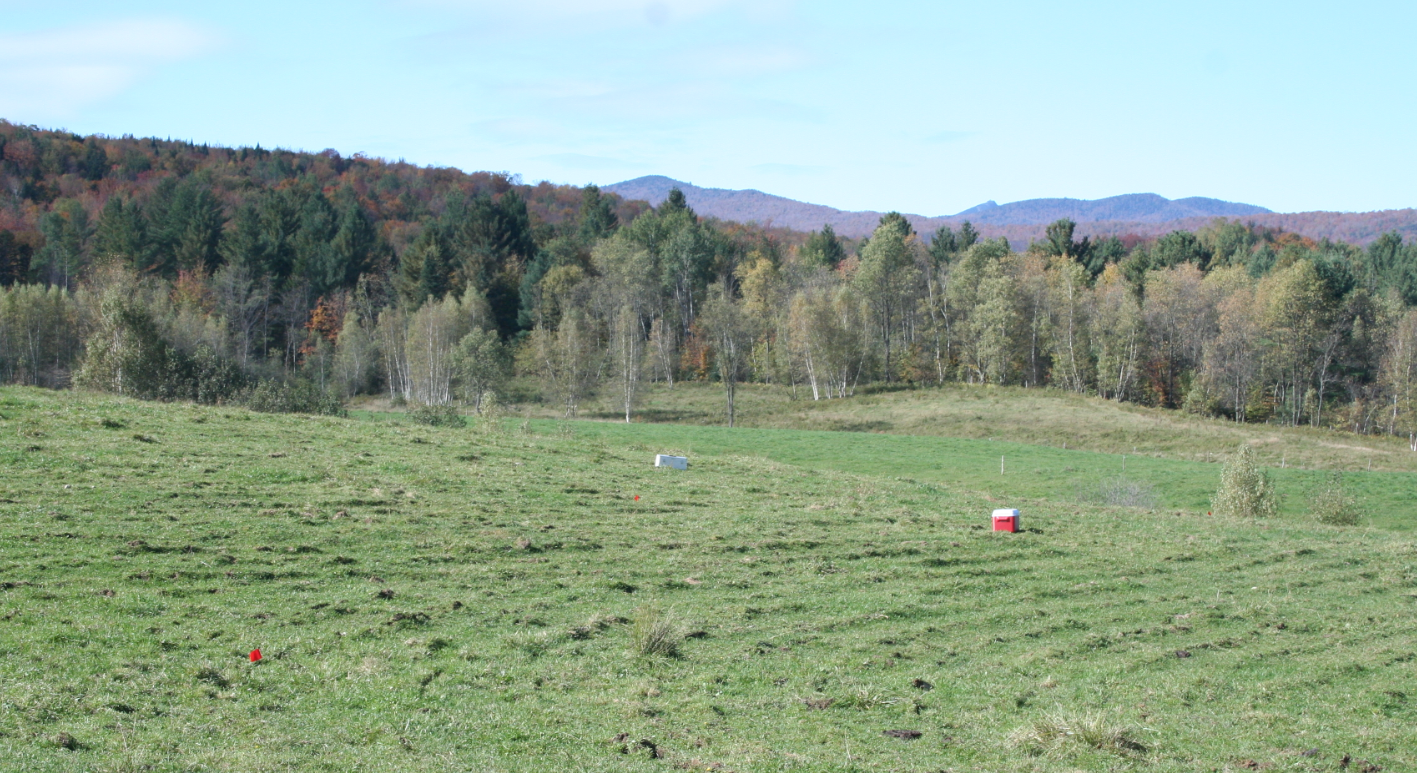Measuring land contours is an essential irst step in using keyline design to manage water on your property, as well as for designing efficient irrigation systems, identifying potential erosion areas, and planning terracing, roads, and other land features and infrastructure.
While laser equipment can accurately measure land contours, it can be costly, especially for small-scale farmers. Fortunately, a simple tool called an a-frame can help you measure land contours accurately and inexpensively.
An a-frame is a triangular frame made of timber or pipes (we prefer wood or metal) that is used to measure the slope of the land. Here’s how to make and use an a-frame:
- Cut three pieces of timber or pipes of equal length, usually around 1.5 meters each.
- Nail or screw the three pieces together to form a triangular frame.
- Tie a string to the apex of the a-frame.
- Hold the a-frame at the top of the land you want to measure, keeping it level.
- Walk down the slope, keeping the string taut.
- Mark the string at the point where it touches the ground.
- Repeat this process at regular intervals, such as every 10 meters or so.
- Connect the marks to create a contour line.
- Repeat this process for all the contours you want to measure.
By using an a-frame, you can accurately measure land contours without spending a lot of money on expensive equipment. This tool is especially useful for small-scale farmers who want to manage their land effectively and efficiently.
Measuring land contours is essential for efficient land management, and an a-frame is a simple and inexpensive tool that can help you achieve accurate results. With a little practice, you can use an a-frame to measure land contours and plan your land use accordingly.
A note on keyline design: When many people first start learning about keyline design some fall into a misconception trap that centers largely around the use of burms and swales and the contours themselves. True keyline design does not always or even often end up having your cultivation lines run exactly on contour, neither does it necesitate the use of extreme land shaping like berms and swales. In most cases just the act of cultivating itself coupled with yeoman keyline plowing is more than enough to effectively slow, spread, and sink water.

